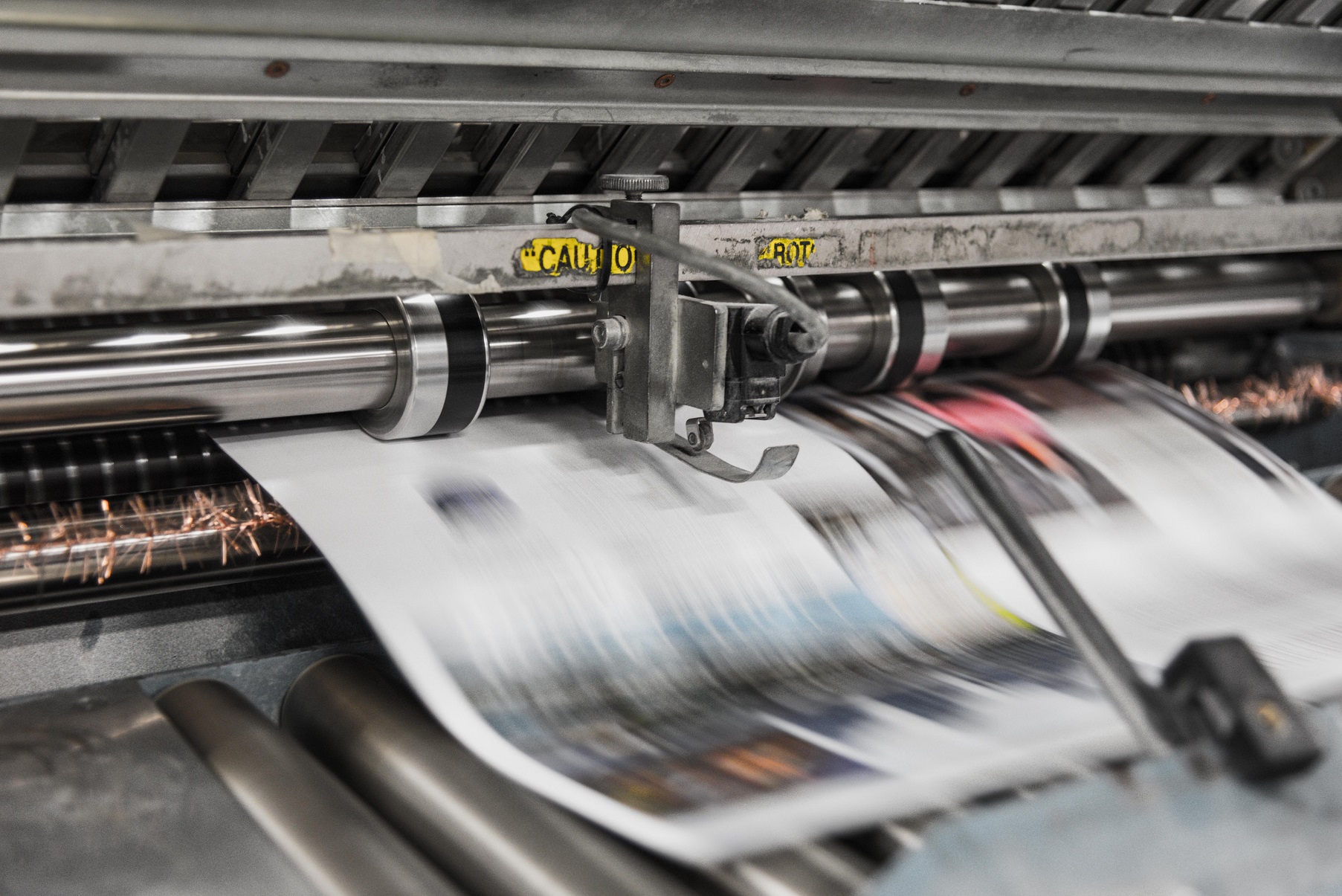Although researchers and journalists often see themselves as being on different sides of the fence, they actually have a lot in common. We used to say that in science communication, there are... in communicating science, there are several methods to convey the message: with the help of a communicator, with the help of journalists or directly (through their own channels).
Journalists are the way to get into the media, and the media is the way to reach the broad audiences. Journalists know, from experience, how their audience thinks and the most powerful ways of reaching them: words, arguments, the topics selected based on the pulse of society. In turn, journalists are looking for topics and information that are interesting to their audience, and science topics have enormous potential for them.
Thus, journalists should be considered potential allies in the attempt to bring science closer to the people, rather than enemies poking their noses where they don't belong.
In fact, journalists and researchers have unique traits that should bring them closer together: both scientists and science writers are curious, intuitive, unafraid of what is new, intelligent and like to finish what they start. Both like to think. (These similarities were taken from an older but relevant article).
If there are tensions, they exist mainly because of external pressures and different ways of working and different goals in communication.
A study of mutual perceptions between journalists and scientists shows that the two groups are perfectly aware of how they are seen by the other group and that they have common different views on key issues.
For example, researchers accuse science journalists for sensationalizing news from the field science, while journalists claim that they only highlight what is interesting to their audience. Journalists do not agree with relying solely on what the researcher has indicated is most relevant aspects of their research, nor the fact that they no have right of looking at the research data. (same source as above)
In discussions with the journalist, the nuances the researcher is careful to specify are many times lost in the favour of a short and engaging story, the short deadlines, the lack of editorial space or because journalists make editorial decisions in behalf of the audience.
Do not confuse the journalist's availability to bring a story to light with his or her duty to do so or, worse, with an obligation to take word for word, in full, everything that a scientist says. Just as researchers are not obliged to engage in any study that someone suggests, just as scientists have the right to read a scientific paper with a critic eye - so too the journalists have the freedom to check information, rephrase and rewrite it, and reject certain topics if they feel they would not interest the audience.
What about the reverse situation? Are researchers obligated to answer, regardless of the tone of the question, the amount of time required and the financial details required? Although researchers have a obligation to be more transparent, as they are paid with public money, no one is can claim a right to their time. Financial information must be provided to request, but this obligation rests with the institution and not the individual. A researcher's time for interviews, filming, explanations is mostly volunteered.
The two are partners, and this means that it is more important to see what the mutual advantages are and how different interests can be negotiated.
To better understand the communication model, read all the articles in this series.
- Three possible models for science communication
- The relationship between researcher and communication specialist (1)
- What a communication specialist is for (2)
- The relationship between researcher and journalist (1)
- Ground rules for dealing with journalists (2)
- Direct researcher - public communication (1)
Photo: Bank Phrom on Unsplash
Every month, I send a newsletter about Science & Communicationwith articles on how research can be better promoted in Romania. Includes what I write here on the blog, but also recent articles in other languages that I recommend and comment on.
You can subscribe here.





